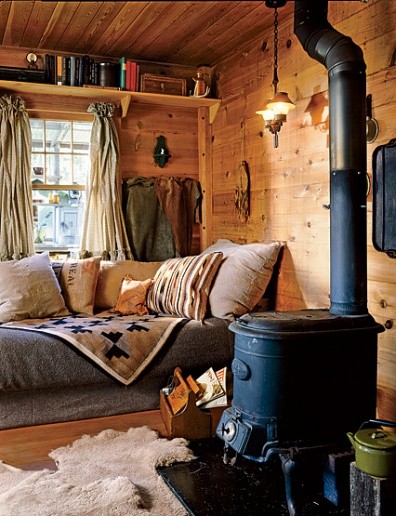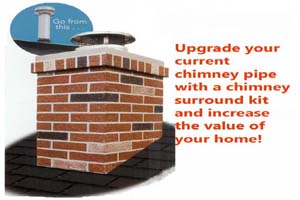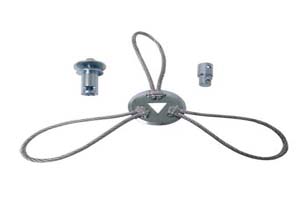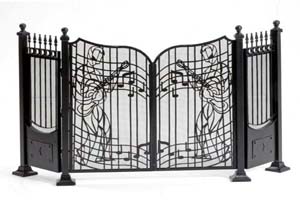Types of Fireplaces and Chimneys
January 7, 2015 in Types of Fireplaces and Chimneys

There are many options when it
comes to types of fireplaces and
types of chimneys
Fireplaces:
There are two
types of fireplaces that are
likely installed in your home.
If you are considering
installing a fireplace and
chimney, there are pro’s and
con’s to both options which are
laid out below.
A traditional home has a
masonry fireplace which is
constructed of brick, blocks, or
stone and mortar.
These are the optimal
choice for someone who chooses
to build fires often and wants
to have minimal issues year
after year.
If you are less interested in
the functional use and longevity
of the fireplace and more
interested in having an
aesthetic accompaniment to your
living room, a prefabricated
(factory-built) fireplace and
adjoining chimney are a less
expensive option.
A third option for
heating your house is a
wood-burning stove.
Masonry
Fireplaces and Masonry Chimneys:
This is the traditional
fireplace. It is
constructed of brick, blocks, or
stone and mortar and the
accompanying chimney is usually
made of the same materials.
The fireplace is
extremely durable and will last
the lifetime of your home as
long as you give it the annual
maintenance and cleaning that
all active fireplaces require.
Masonry fireplaces are
the more costly option; however,
they will also increase the
value of your home.
If the masonry fireplace
is made of stone, it will
improve the heating efficiency
of your house because the stone
will radiate heat throughout the
adjoining rooms.
The sheer size of a
masonry fireplace can be
considered a con; because it
will need a concrete foundation
that can withstand six or seven
tons and it also limits space in
the room because the combustible
materials need a clearance zone.
Fireplace walls need to
be at least 12” thick and any
outside trim must be at least
12” from the interior lining
surface. The
masonry chimney is built in a
frame that can be as thin as a
single brick, or for increased
safety, multiple layers.
Adding a chimney liner to
support and protect your chimney
is another safety precaution we
recommend and all building codes
require.
Prefabricated (factory-built)
Fireplaces: This type of
fireplace is found in relatively
modern homes and can be a
cheaper, easier to install
option to the traditional
masonry fireplace.
Houses with prefab
fireplaces also typically have
prefabricated chimneys that
match the exact specifications
of the fireplace to ensure the
safety of the full system.
The heat that prefab
systems provide is often minimal
effort and clean-up for the
owner and the customized look
takes up less space in your
house than the traditional
masonry.
However, according to the
Chimney Safety Institute of
America, over half of
prefabricated fireplaces are in
violation to clearance codes set
up for combustible materials.
Also, there is no
lifetime guarantee with this
type of unit due to aging parts
like any other appliance within
your home so make sure you
understand the warranty upon
purchase and installation.
Wood-burning Stoves: A wood-burning stove contains a stovepipe that rises from the base and ends through a proper chimney. The picture on this page represents a modern wood-burning stove. This type of stove was popular in the 1800’s and is recently making a trendy comeback. They are very efficient at heating your house and much cheaper than a masonry or prefab fireplace. On the flipside, the stove will warp and buckle if there is not proper airflow through the damper. The stovepipe must also be connected to an outside air supply to promote airflow and prevent fires in your house.



